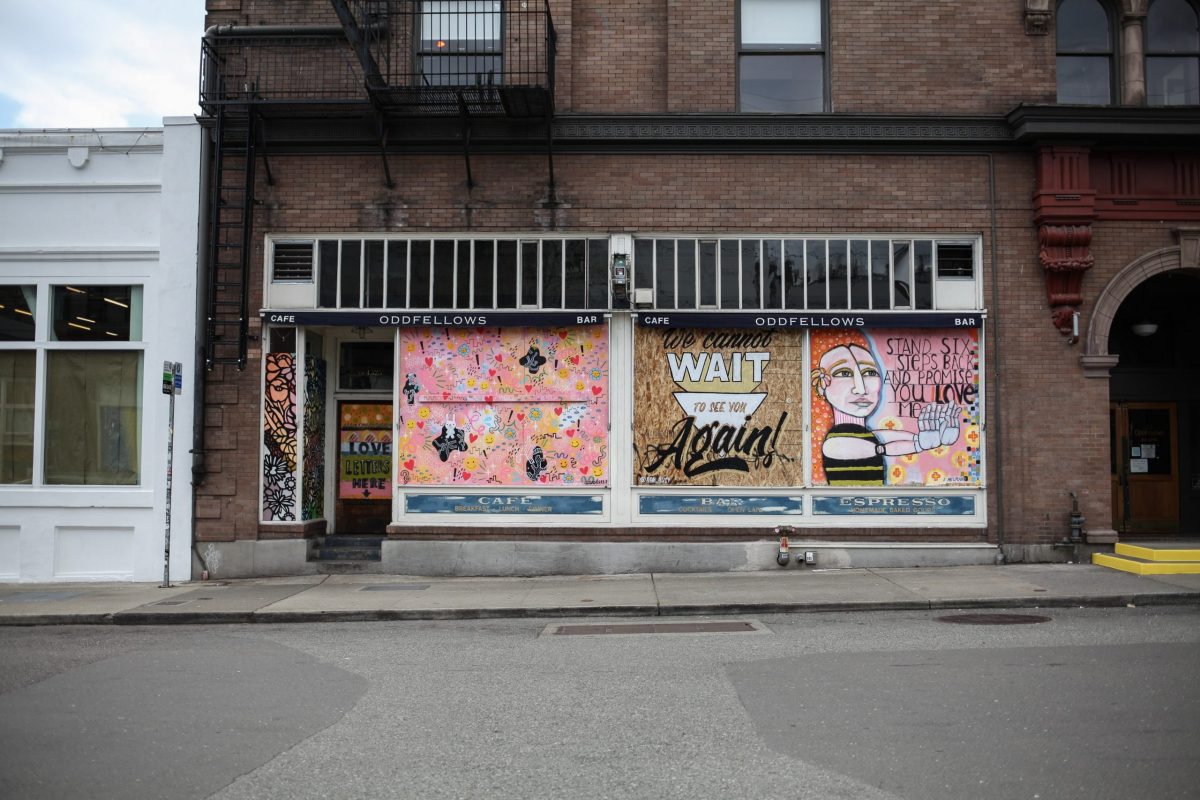Is your destination’s communication strategy suitable for the COVID-19 crisis?
Marketing a destination has never been more complex. With tourism businesses closing and travel coming to a halt across the globe, destination marketing organizations (DMOs) like yours are forced to think differently. Staying aligned to your Place DNA® while acknowledging the sensitivities of COVID-19 is an art. While forging a path ahead might feel overwhelming, the way you communicate can and must be crystal clear.
In our work with tourism destinations and places, we rely on time-tested crisis communication principles that have been foundational in many responses to difficult circumstances. We’re sharing four concepts here with examples from destinations around the world in the hope that it will help you.
1. Consider how people feel
The best communicators show empathy. In times of trouble, your DMO needs to think about the emotional state of their communities and address people according to how they feel. To help, our team has mapped out a set of emotional lenses to help organizations communicate with emotional intelligence and better meet the needs of both visitors and locals. Looking at messages through an emotional lens also reduces the risk of miscommunication that will reflect poorly on your destination’s reputation and brand.
Depending on their circumstances, people might be grieving, anxious, stressed, bored or optimistic, for example. Stages of emotion are influenced by many factors that vary from place to place, such as the human impacts of the public health crisis, duration of lockdown, economic decline, safety concerns, and community solidarity. Communicating in a way that considers shifting emotions will result in more meaningful connections.
Visit Portugal: Can’t Skip Hope
For example, Visit Portugal has transformed its hashtag #CantSkipPortugal into #CantSkipHope to give people a sense of connection in a time of isolation. The featured imagery reflects the moments, people and landscapes of the country, reminding the audience to stay hopeful.
Visit Auckland: Papatūānuku is Breathing
Auckland’s initiative takes a similar tone while telling its brand story. The DMO’s message emphasizes that would-be visitors can find stillness – and perhaps find calm – both now, and when the travel lockdown ends:
“Sit at a distance, stand as one.
When the time is right, we welcome you.
But for now, listen.
Papatūānuku (our earth mother) is breathing.”
Bad Gastein, Austria
The team behind Bad Gastein’s “unofficial & unapologetic” travel guide takes a different approach. The message is a rallying cry to create a better world, one focused on humanity and nature. It resonates with the audience as it is a true reflection of how many of us feel.
2. Be the citizen that citizens need right now
Right now, your DMO can provide value by listening to the needs of its citizens. First and foremost, you have a duty to protect the health of your community. That means aligning with public health information and pointing people to health authorities for information.
You can also play a key role in supporting residents and businesses to build stronger community ties and give outsiders a genuine feel for the place.
Destination Campbell River: Showdown
This soon-to-be-released campaign is a rallying cry for locals to support and express their pride in the place they love. It asks residents to show visitors the best of local life while travel is impossible. It also gives local businesses visibility in a time of significant stress and change.
In 2017, Destination Think began providing full-service destination management for the city. Our team in Campbell River puts our best-in-class approach into practice every day. Collaboration underpins everything we do, and it leads to stellar results; it’s a method that allows us to understand the needs of all our clients.
3. Focus on the values that define your destination brand
DMOs need to show that they live by their values through tangible stories and by demonstrating empathy. Build trust by sharing genuine and honest stories that reflect who you are.
Visit California
While acknowledging the difficulty of this time, Visit California knows the value of inspiring imagery. This post strikes the right balance between compassion and giving the audience a chance to dream of a time when they can travel again.
Here’s a similar example from Travel Alberta in Canada, which highlights an area famous for dinosaur fossils by encouraging patience.
4. Social media is about community
Your destination’s values can also shine through in your online communities. Remember what social media is about at its core: sparking conversation rather than publishing one-way messages. Following a formula for engagement that worked pre-crisis may not work now. More than ever, people are searching for real stories and connections. Use this moment to rethink how your destination uses social media.
Lord Howe Island Tourism
This post shows how the right story can resonate with the audience in challenging times. More meaningful than a sunset photo with a short caption, it provides a behind-the-scenes view and acknowledges all the people who keep the island running.
Support for your DMO
From Bermuda to California to Campbell River, our team helps tourism destinations respond to crises and work toward recovery with poise and confidence. Speak to us to learn about our collaborative approach to strategy, communications, and creative solutions or click here to send us your RFP.
Feature image credit: Nick Bolton, Unsplash










These are interesting takes – not sure I agree with all of them but they are all interesting.